BELGIUM
Tom Bogaert was born in Bruges, Belgium. In this chapter, you will find work that Bogaert made in a Belgian context. It deals, inter alia, with his past as a flag-waving Flemish nationalist, his standing as a conscientious objector, and his work for the United Nations in the aftermath of the Genocide in Rwanda.
VENDELZWAAIER - FLAGGENWERFER
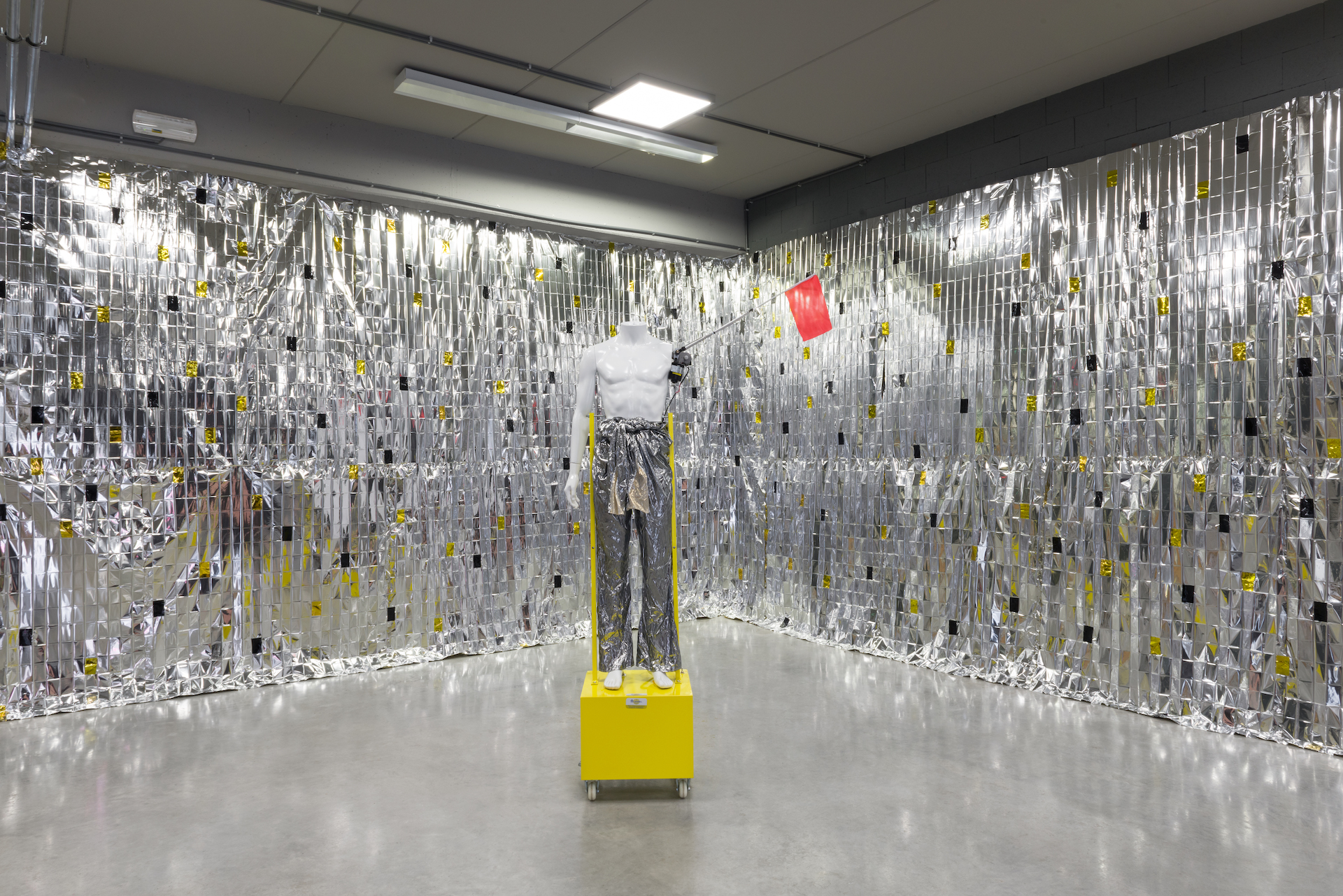

 Vendelzwaaier - Flaggenwerfer (2023)
Vendelzwaaier - Flaggenwerfer (2023)Installation view at IKOB Museum of Contemporary Art in Eupen, Belgium.
Christine Vuegen in HART Magazine: “De Belg Tom Bogaert durft het aan om zijn verleden als vendelzwaaier openbaar te maken, toen hij met de Vlaamse vlag stond te zwaaien. Het is zijn eerste autobiografisch werk. Vorig jaar oogden zijn bijdrage in Watou en ook zijn samenwerking met de Haïtiaan Michel Lafleur in documenta 15 in Kassel nogal rommelig. Nu komt hij aanzetten met de puntgave installatie Vendelzwaaier – Flaggenwerfer: een signalisatiepop, zo’n pop die met een rood vlagje zwaait bij wegenwerken, en op de met zilveren nooddekens beklede muren zijn subtiel het geel en zwart van de Vlaamse vlag aangebracht. Verderop kan je door herinneringsboeken bladeren over zijn jeugd als lid van een vereniging vendelzwaaiers in Brugge.”
Frank-Thorsten Moll, Director IKOB: “Following an invitation by Henrike Naumann, the Rome-based artist Tom Bogaert presented his project Vendelzwaaier – Flaggenwerfer at IKOB Museum of Contemporary Art in Eupen, Belgium from 24 January to 16 April 2023.
Vendelzwaaier – Flaggenwerfer, respectively Flemish and German for ‘flag thrower,’ is arguably Bogaert’s most personal work to date, the cycle being concerned with his youth as a member of a flag thrower’s association. These traditional associations date back to the Middle Ages and, play an important role for the visual language of the so-called ‘Flemish movement’ in the Belgian region of Flanders. Superficially a movement concerned with the promotion of Flemish culture and the Dutch language, it was partially co-opted by extremists using its platform to advocate for Flemish independence with nationalism and xenophobia at the centre of their agendas. When Tom Bogaert found an old scrapbook containing pictures from his time as a flag thrower, he began to wonder how it had been possible to unwittingly throw around the Flemish flag emblazoned with a lion as a teenager. Subsequently, he began collecting photos, videos, and archival material, presented for the first time at IKOB.”
OBJECTION
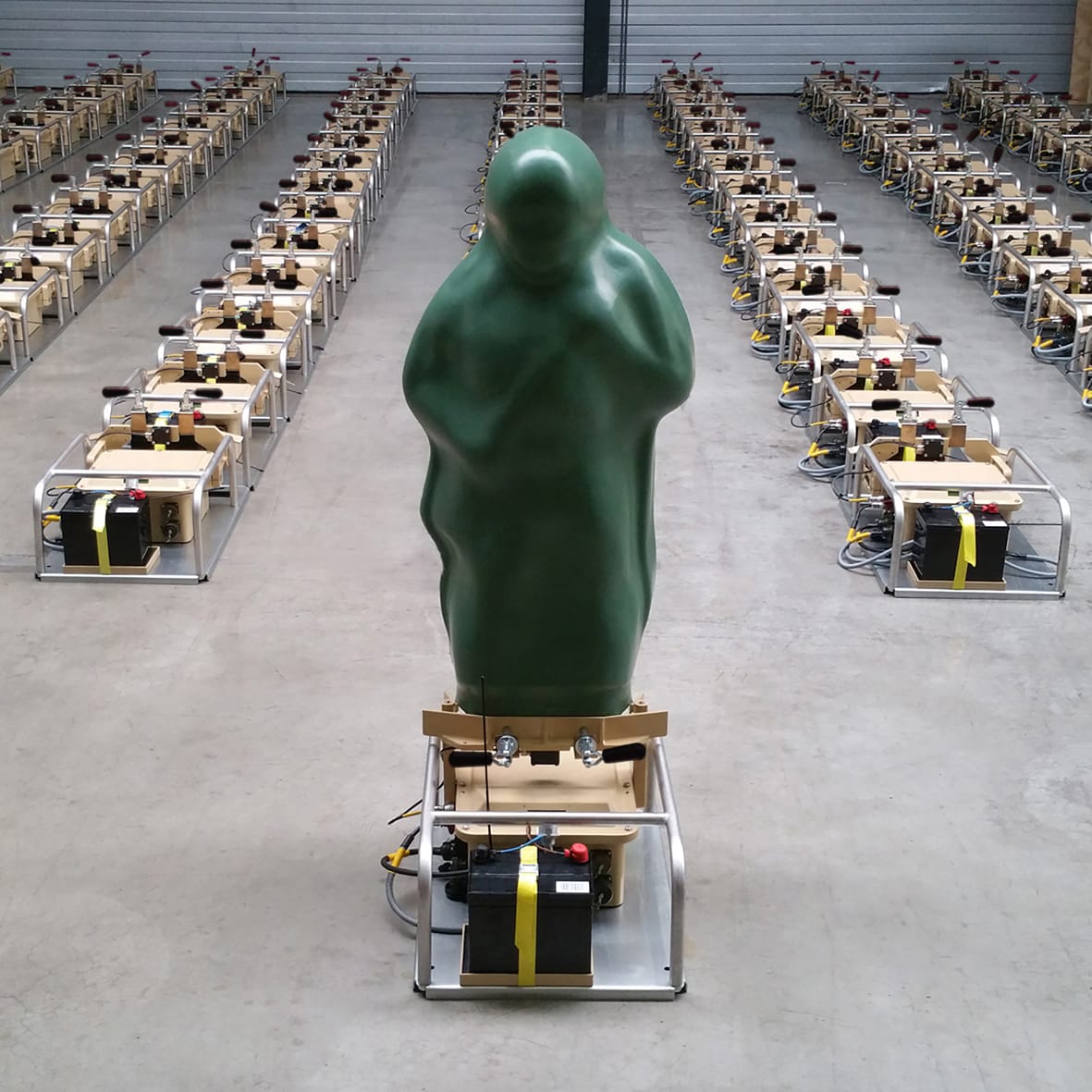 Target (2023)
Target (2023)Installation view at undisclosed location in Belgium.
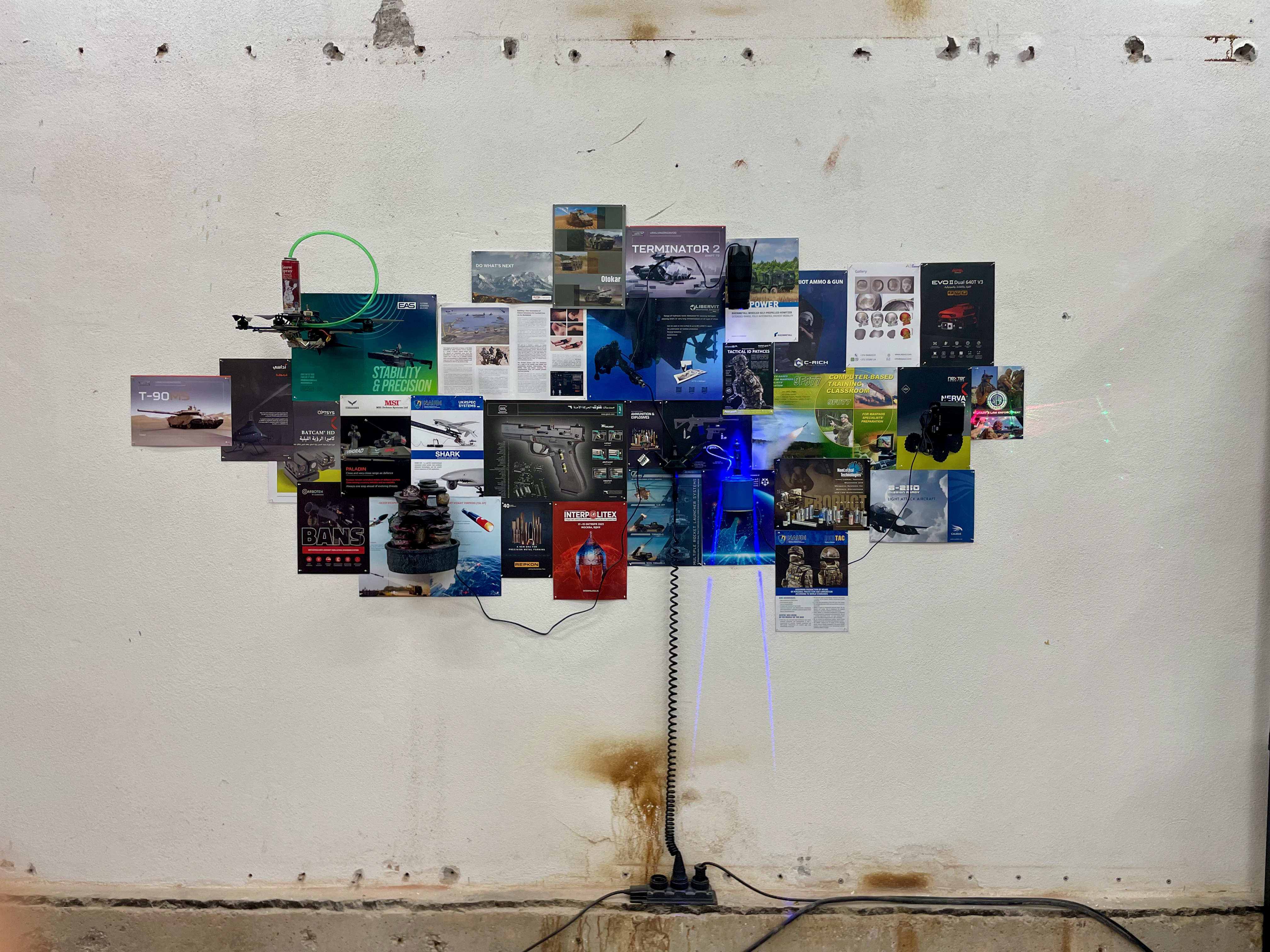 Objection collage (2023)
Objection collage (2023)250 x 200 cm.
At the Ars Electronica Festival in Linz, Austria.
Tom Bogaert was the 2023 Ars Electronica Futurelab artist in residence funded by the Flemish Ministry of Culture in Belgium.
Bogaert is a conscientious objector who is fascinated by the ease with which the logic of war has infiltrated our daily lives. His residency project at the Futurelab aims to explore our relationship with the order of things that we have been taught and sold through the lens of multilateral propaganda in the context of international conflict. The artist seeks to bend technology and engages with weaponry within a discourse of refusal, viewing it both as an act of protest and a generative process of renewal. During his time at the Ars Electronica Futurelab, he hacked weapons, strategies, industries, and geopolitics – and called it art.
 IDEX (2023)
IDEX (2023)Russian Helicopters at the Abu Dhabi Arms Fair.
Field research included a visit to the arms fair IDEX in Abu Dhabi where Bogaert was struck by the banality of the event. Drawing inspiration from the Stockholm Peace Institute’s Top 100 arms producing companies list, he invested a portion of his grant money in acquiring shares in a few of these companies.
Tom Bogaert bought his first shares on 2 May 2023 at the height of the war in Ukraine. Following that, his portfolio slowly lost value. However, the Monday after the outbreak of the Hamas - Israel war on 7 October 2023, his equity portfolio rose more than 10% in one day and has continued to rise ever since.

The Hamas Effect (2023 - 2024)
Value on 27 March 2024.
 Objection (2023)
Objection (2023)Installation view at the Ars Electronica Festival in Linz, Austria.
WIJ GWIJ POPINJAY
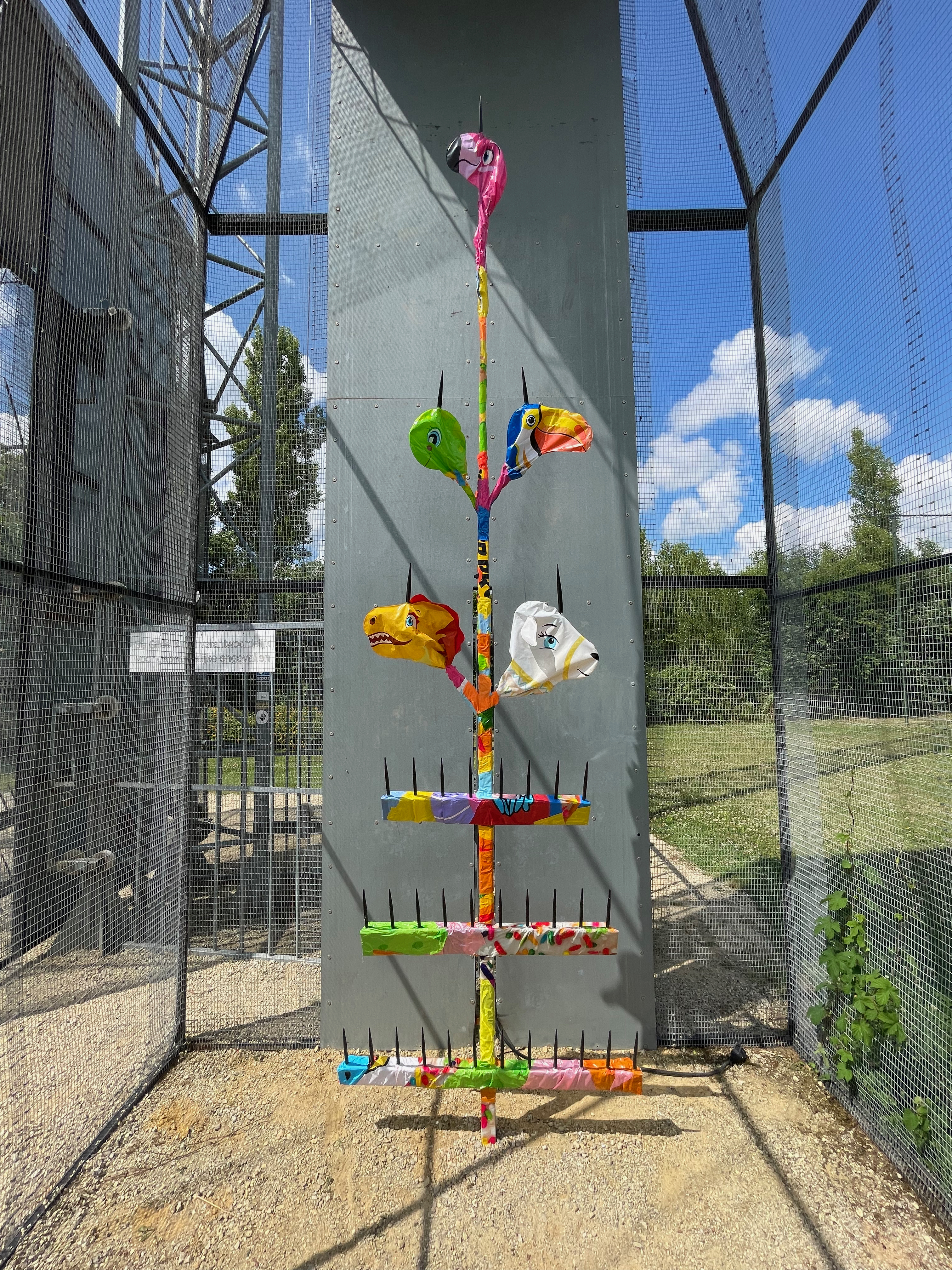
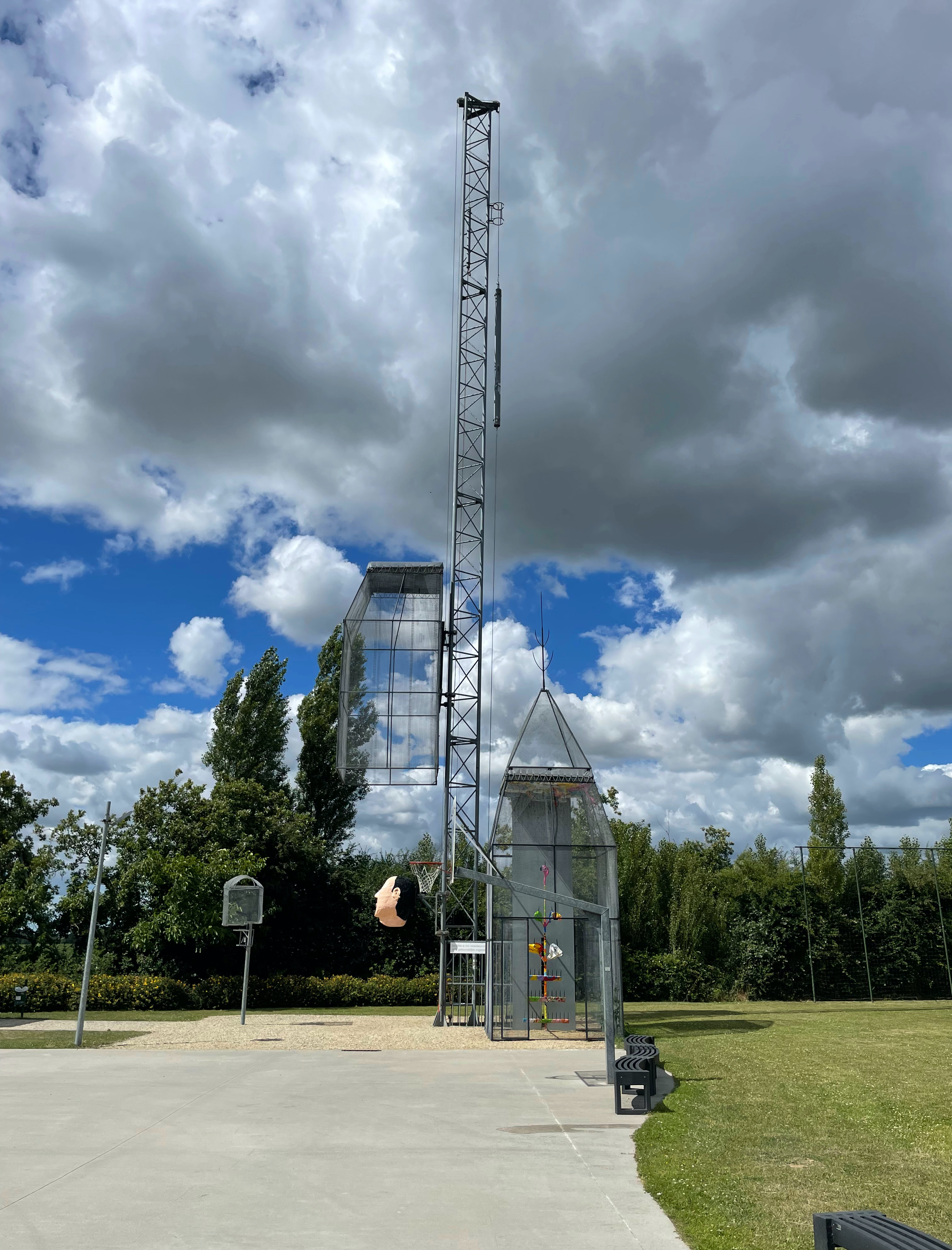
Installation view Watou Arts Festival, Belgium.
Virginie Platteau, cultuurjounalist in de Poëziekrant: “Bogaert noemt het werk ‘Wij, Gwij, Popinjay’. Een verwijzing naar Mandelinck, naar Poperinge, en naar ons allen. De Wij die gemeenschap vormt; de lokale boogschutters en de ‘vreemden’ die elk jaar in Watou neerstrijken. De dorpsbevolking die het verenigingsleven en de volkssport probeert door te geven aan de weinig geïnteresseerde jongere generatie. Of de “wij kunnen dat ook” waarmee ze argwanend het jaarlijkse kunstenfestival ondergaan? De ‘Wij allen’ die alom in beeld worden gebracht op internet, die met facial recognition onze vrijheid onbewust ingeperkt.”
Kristien Bonneure, VRT journalist cultuur: “Wat valt er op in het Kunstenfestival Watou dit jaar? Dat veel kunstenaars niet zomaar met hun creaties zijn neergestreken in het dorp, maar lange tijd aanwezig waren én met de inwoners hebben samengewerkt. Ook het werk van Tom Bogaert is verankerd in Watou. De kunstenaar is deze zomer ook actief in het mekka van de hedendaagse kunst, Documenta in Kassel, maar hij stelt tegelijk tentoon in de Westhoek. Op de staande wip van de schuttersgilde Sint-Sebastiaan heeft hij een grote kop van kunststof bevestigd, gemaakt door een reuzenbouwer in Frans-Vlaanderen. Een ‘universele Watou-kop’. Bogaert zocht meer dan 400 foto's van Watoubezoekers op het internet en maakte daar één amalgaam van. Die foto stond model voor de reuzenkop.”
Geert Van der Speeten, redacteur cultuur & media bij De Standaard: “Kleine en grote verhalen doen deze zomer haasje-over in Watou. Het festival haalt de band aan met de bewoners van het dorpje, en poëzie en kunst zoeken weer hun symbiose op. Tom Bogaert vond aansluiting bij typisch Vlaamse folklore, die van de staande wip. Hij verbroederde met de lokale boogschuttersgilde. De wip zelf blijft deze zomer actief, maar twee keer per dag wordt de ultieme ‘Watoukop’ naar boven gehesen. Uit 400 beelden die hij op internet vond, distilleerde Bogaert een röntgenfoto van de doorsnee-Watoubezoeker: wit, mannelijk en kalend.”
FONTEIN
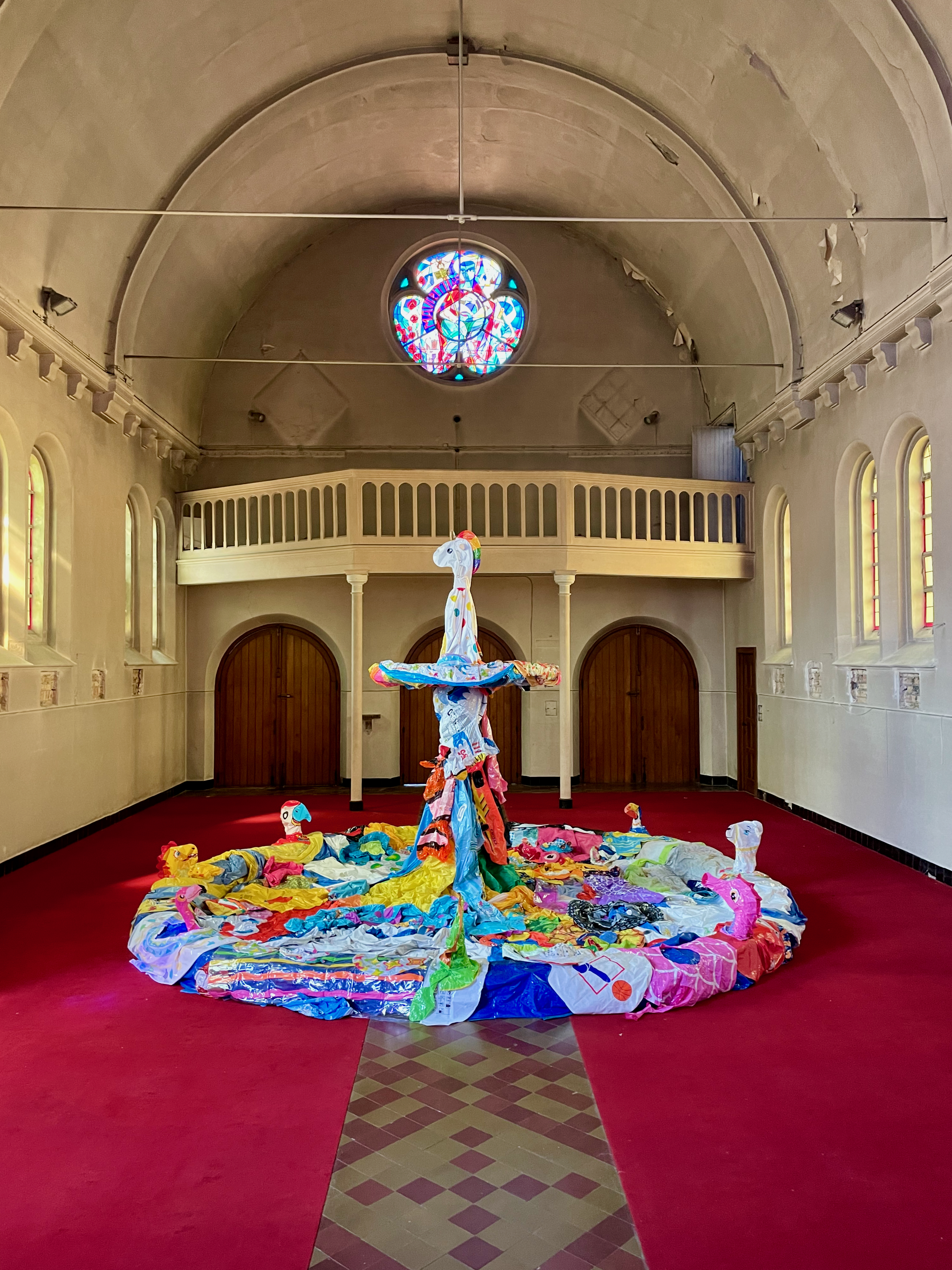
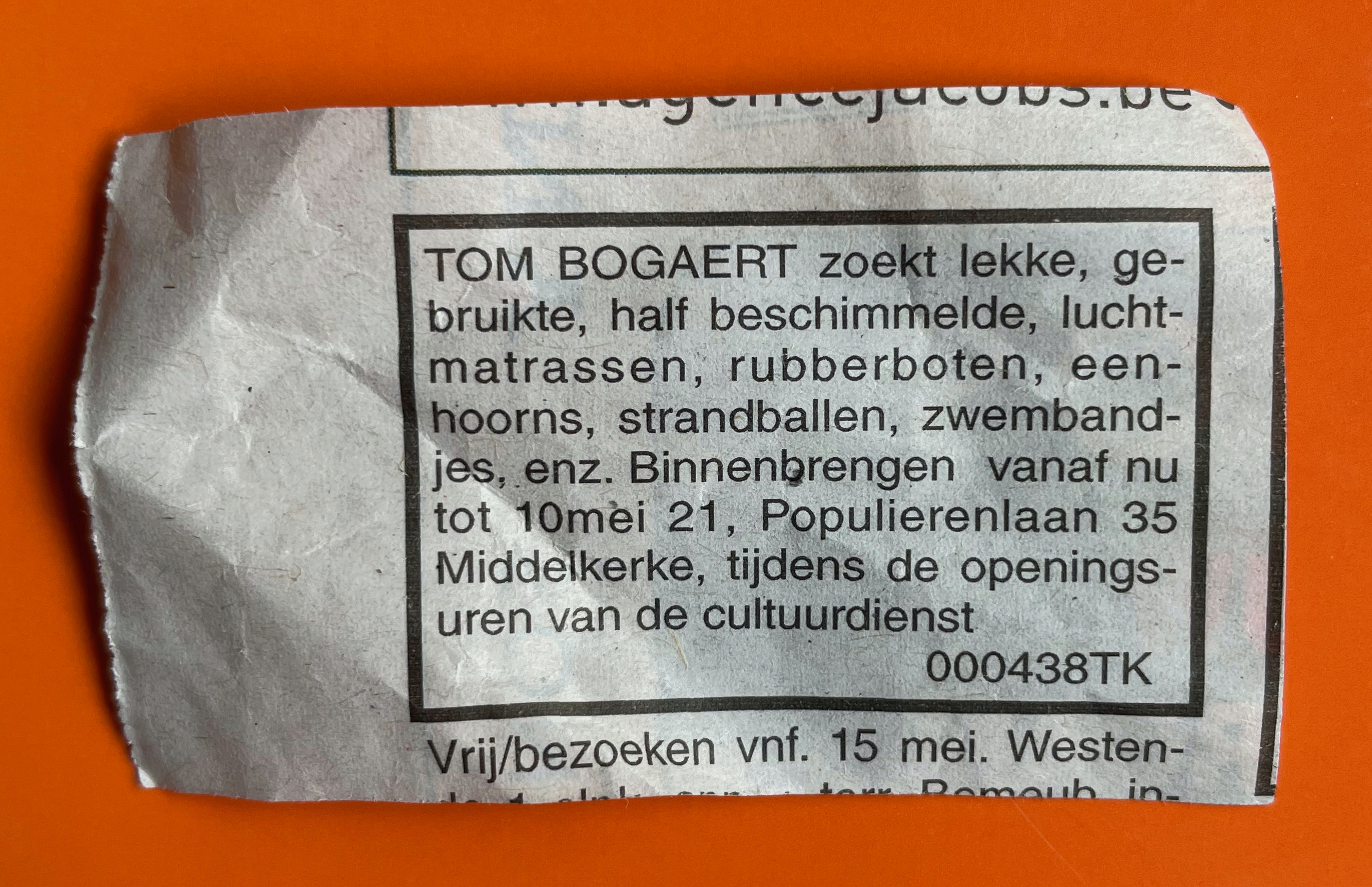 Fontein (2021)
Fontein (2021)At Villa les Zéphyrs in Westende, Belgium.
Els Wuyts, curator: “Binnen in de kapel wordt je overweldigd door een kleurrijke installatie van Tom Bogaert. In zijn kunstenaarschap komen regelmatig thema's terug die te maken hebben met maatschappelijke problemen of politieke kwesties, propaganda of entertainment. Ook deze ‘Fontein’ lijkt vooral heel vrolijk en grappig, moor kan evengoed een aantal vragen stellen: de grootschalige installatie is gemaakt met leeggelopen opblaasbare voorwerpen. Het zijn niet aIleen nieuwe, recht uit de doos opgevouwen objecten die naar vers plastic ruiken moor ook lekke, gebruikte, halfvervuilde luchtbedden, rubberen bootjes, strandballen en armbanden die gered zijn uit tuinhuisjes, kelders en zolders.
Na een succesvolle oproep aan de plaatselijke gemeenschap om opblaasbare artikelen voor dit project te doneren werden meer dan 500 stuks in alle vormen en kleuren ingezameld. Een herinnering aan de vele zomers aan zee uit onze kindertijd? Of aan de grote opkuisrage tijdens de lockdowns en de huidige pandemie-golven? Of aan de vele plastics die de fauna en flora in de oceanen bedreigen? Of aan de zuurstof die we nodig hebben, nu meer dan ooit.”
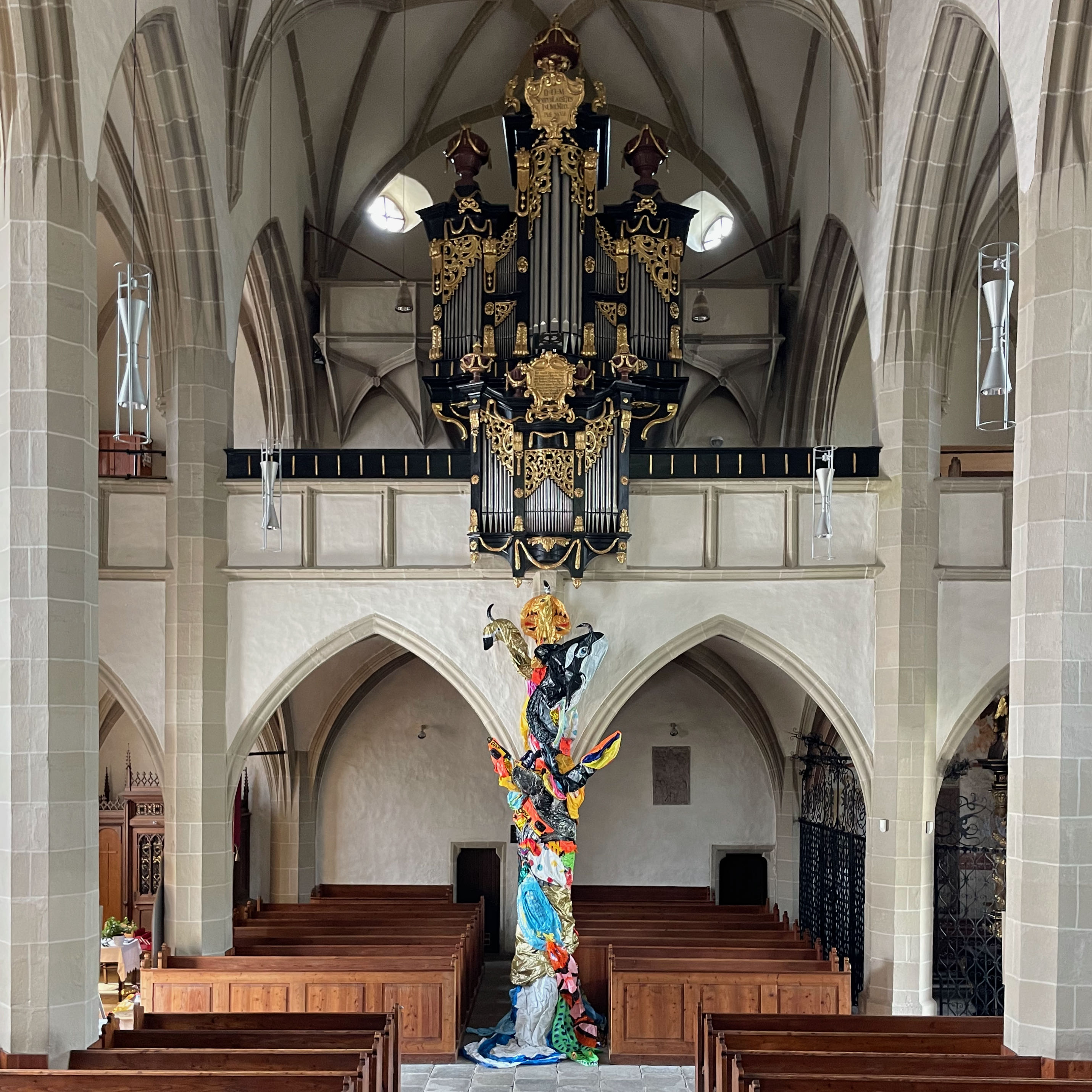 Organ (2023)
Organ (2023) At the Festival der Regionen in Kefermarkt, Austria.
Georg Wilbertz in Die Referentin: “At first glance, Tom Bogaert takes a playful approach in his contribution ‘Organ/Orgel’ in the parish church of Kefermarkt. Due to its famous altar and Adalbert Stifter's intensive involvement with it, the church is part of the canon of Upper Austrian high culture.
Bogaert contrasts the traditional aura of the space with a dazzling sculpture made of plastic. Flashy, colourful inflatable objects such as swimming bands, air mattresses, etc. are collected and piled up in a flabby state to form a sculptural installation. Not only through their materiality and appearance, but also through the absurd aesthetic contrast, the artist succeeds in playfully condensing fractures and paradoxes of our present into a theatrical image.”

Johann, Mur, Enns, Drava and Sann (2024)
Sammlung des Werner-Fenz-Stipendiums beim steirischen herbst in Graz, Austria.
Recent global discussions regarding controversial monuments have underscored how a nation’s array of memorials celebrates some histories and erases others. Although the Archduke Johann Fountain currently remains largely unchallenged, artist Tom Bogaert aims to prompt reflection on this through his project, inviting the people of Graz to engage once more.
Responding to the Werner Fenz Grant for Art in Public Space, Bogaert intends to reimagine the Archduke Johann Fountain as a monumental, site-specific installation crafted from deflated, collapsed inflatable objects. Recognizing that public dialogue, opportunities for engagement, and debate about history are essential for democracy and should be nurtured, Tom Bogaert will launch an appeal to the population of Graz to contribute discarded inflatables rescued from their garden sheds, basements, and attics. He anticipates receiving a diverse array of items, from leaky air mattresses, pink flamingos, and rubber boats to pristine, newly purchased inflatables.
In this transformative gesture, the fountain will be temporarily concealed beneath an over-the-top, cacophonic, riotous, multi-coloured heap of plastic, obscuring Johnny and his allegorical companions from public view, while the water continues to flow unabated.
THIS IS RWANDA
In 1994, from April to July, eight hundred thousand Rwandans were slaughtered by ethnic Hutu extremists. The Rwandan genocide was eceptional in its brutality, in its speed, and in the meticulous organization with which Hutus set out to destroy the Tutsi minority.
Between 1996 and 1997 Tom Bogaert documented the aftermath of this genocide on behalf of the UN Refugee Agency as a Junior Professional Officer sponsored by the Belgian Government.
‘This is Rwanda’ is an ongoing art project that examines a response to the genocide that exceeds the rationality of official state- and multilateral organizations. At the time of writing, ‘This is Rwanda’ consists of video, sculpture, sound, and performance.

Colour your Way (work in progress)
Performance and video.
Low production re-enactment of the 1994 Bronco chase in which O.J. Simpson led police in a low speed chase on a Los Angeles freeway. Filmed from the back of a moto-taxi in Kigali, Rwanda.
![]()
Visit Rwanda (2021)Performance and video.
Low production re-enactment of the 1994 Bronco chase in which O.J. Simpson led police in a low speed chase on a Los Angeles freeway. Filmed from the back of a moto-taxi in Kigali, Rwanda.

Installation view CC De Steiger in Menen, Belgium.
Hans Martens, curator: “Sedert juni 2018 sponsort de Rwandese overheid de Britse voetbalploeg Arsenal voor 34 miljoen euro: het team draagt bij uitwedstrijden een ‘Visit Rwanda’ logo op de linkermouw.
Naar aanleiding van de 25ste herdenking van de 1994 Genocide in Rwanda werd Tom Bogaert door Ivuka Arts in de hoofdstad Kigali uitgenodigd voor een solotentoonstelling met nieuw werk. In de aanloop van dit project bestelde Bogaert een Arsenal voetbalshirt met rugnummer 94 en opdruk ‘Genocide’ via Arsenal Direct, de officiële online winkel van de club. Hij betaalde £130 - verzendingskosten inbegrepen - en zijn aanvraag werd bevestigd. De dag nadien kreeg de kunstenaar bericht dat zijn bestelling werd geannuleerd wegens “onmogelijk om de personalisatie-aanvraag te printen.” De tentoonstelling by Ivuka Arts opende op 28 februari 2019, weliswaar zonder het fameuze T-shirt maar met een massa volk op de opening en ruime persaandacht.
In september en oktober 2020 bestelde Tom Bogaert als alternatief twee gepersonaliseerde voetbalshirts bij Arsenal Direct: GENO 9 en CIDE 4. Deze kwamen wel goed aan. In België werden de twee T-shirts en de bijhorende e-mailcorrespondentie (van de mislukte en geslaagde aankopen) voor het eerst getoond.”
 Time (2019)
Time (2019)16 personalized football shirts.
On the occasion of the 25th commemoration of the 1994 Genocide in Rwanda, Tom Bogaert was invited by Ivuka Arts in the capital Kigali for a solo exhibition of new work. During his time in Rwanda in 2019, the artist made a series of personalized soccer shirts that represent a rudimentary timeline of Rwanda’s recent history.
The T-shirt project is inspired by the Rwanda Development Board £30 million deal to sponsor U.K.’s Arsenal Football Club: the team’s kit now bears the ‘Visit Rwanda’ logo on its left sleeve.
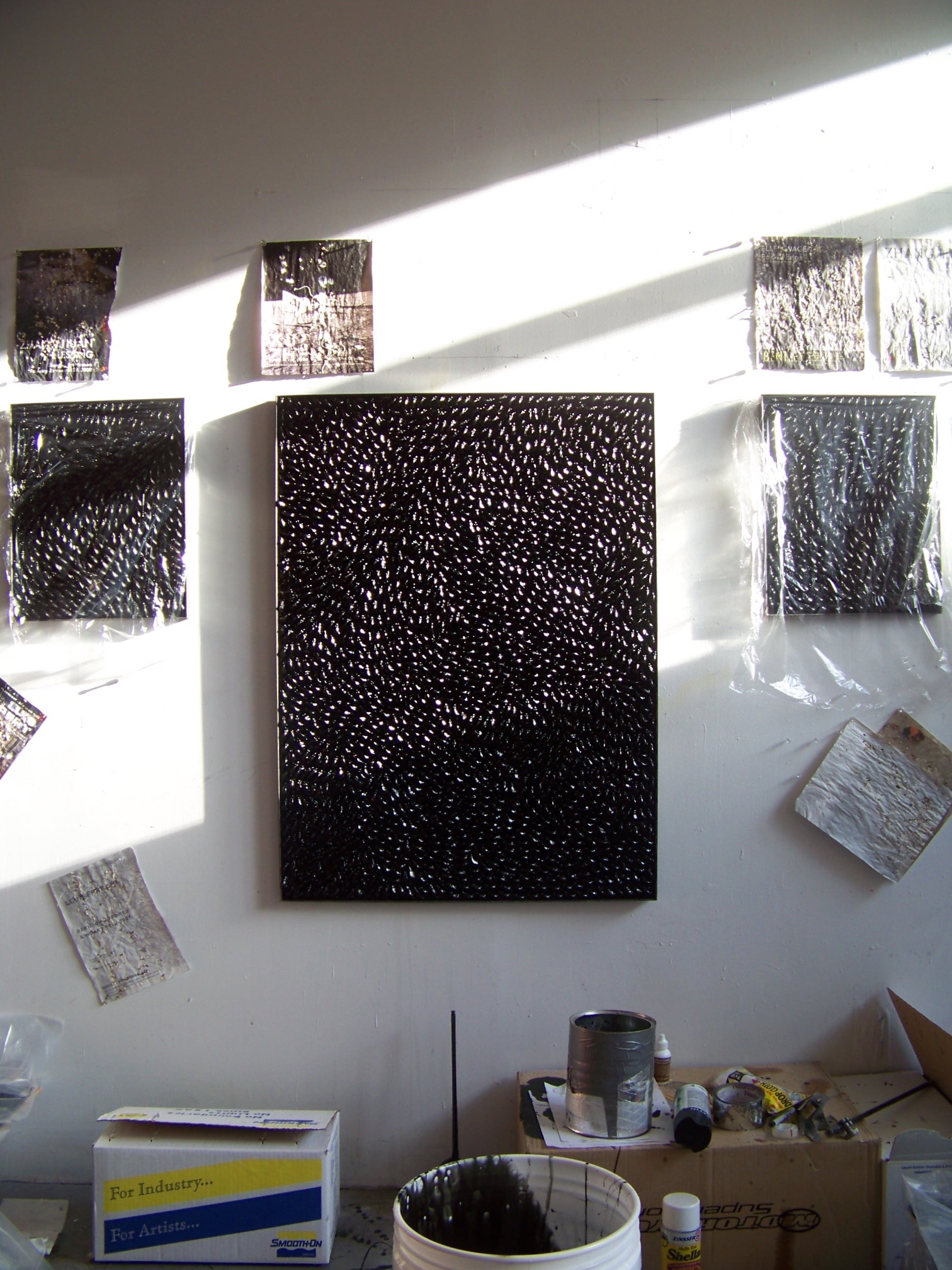 Plaine au Mille Souris (2009)
Plaine au Mille Souris (2009)Rubber and steel.
80 x 100 cm.
Plaine au Mille Souris (This is not Rwanda) rejects Malthusian theories stating that the 1994 Rwanda genocide was the preordained result of the impersonal forces of poverty and overpopulation. The mice that overpopulate the picture plane are cast from the licorice candy that is distinct to Belgium and acknowledges Europe’s disastrous influence in African affairs.
In 1798 Thomas Malthus declared that “If there are too many people and not enough food, then, certainly, there are going to be problems […] as nature has a natural way to cut population levels: crime, disease, war, and vice”.
The following is an extract from a report by Human Rights Watch about the genocide in Rwanda:
“The sweetly sickening odor of decomposing bodies hung over many parts of Rwanda in 1994 […] at least half a million people perished […] this genocide was not an uncontrollable outburst of rage by a people consumed by ‘ancient tribal hatreds.’ Nor was it the preordained result of the impersonal forces of poverty and over-population […] This genocide resulted from the deliberate choice of a modern elite to foster hatred and fear to keep itself in power.”
 Colline au Mille Souris (2008)
Colline au Mille Souris (2008)Installation view Real Art Ways in Hartford CT, US.
Candy and glue.
200 x 150 x 150 cm.
Black Noise (2008)
Sound installation.
A vinyl record is covered in black licorice mice. As the needle bumps along over their backs, it generates a rhythmic pounding, reminiscent of tribal drumming and machine guns.
During the 1994 Genocide in Rwanda, the extremist radio station Radio Télévision Libre des Mille Collines used terms such as ‘swarming’ and ‘infestation’ to motivate Hutu killers. Accompanied by a lively mix of entertainment and pop music, death tallies were read out like sports scores.
Black Noise is the technical term for silence.
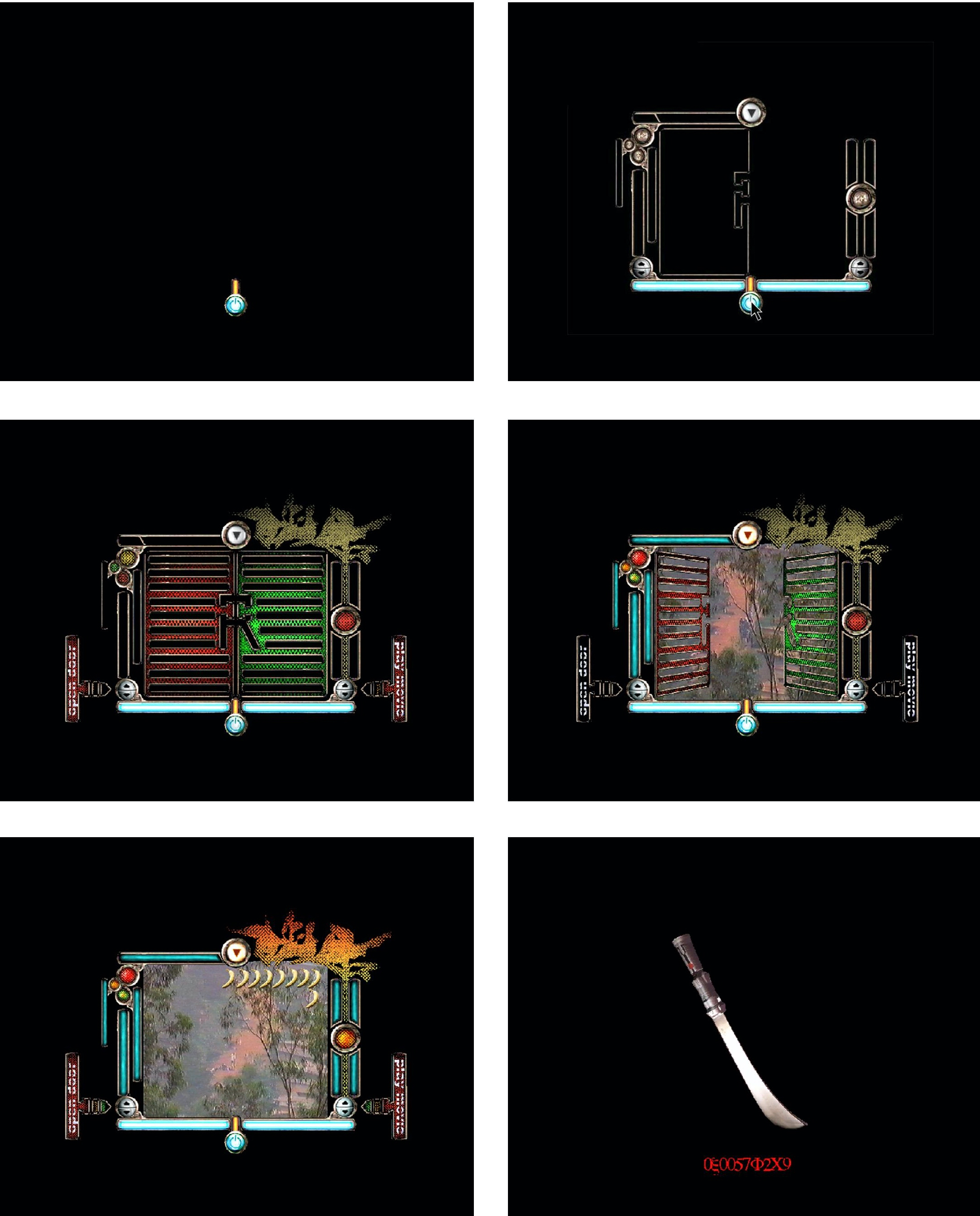 This is Rwanda (2004),
This is Rwanda (2004), Video 05:42
A short experimental video in which Tom Bogaert embedded footage of the genocide into the interface of a computer game. The film had its world premiere at the International Film Festival of Rotterdam, the Netherlands.
The film can be viewed on request.
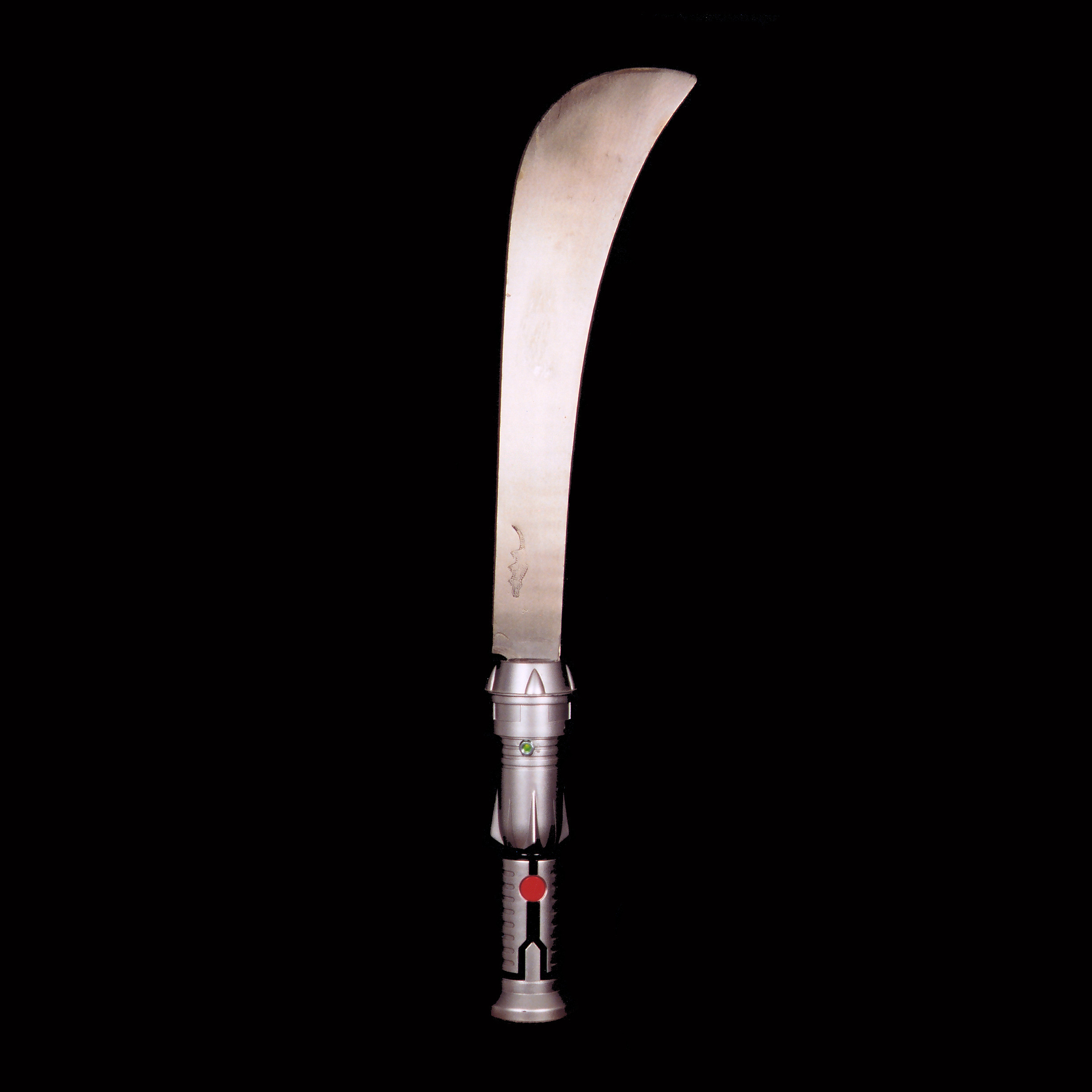 Machete (2004)
Machete (2004) Machete mounted on a Star Wars light saber handle.
67 x 8 x 5 cm.
Prop Bogaert used to make the 'This is Rwanda' video.